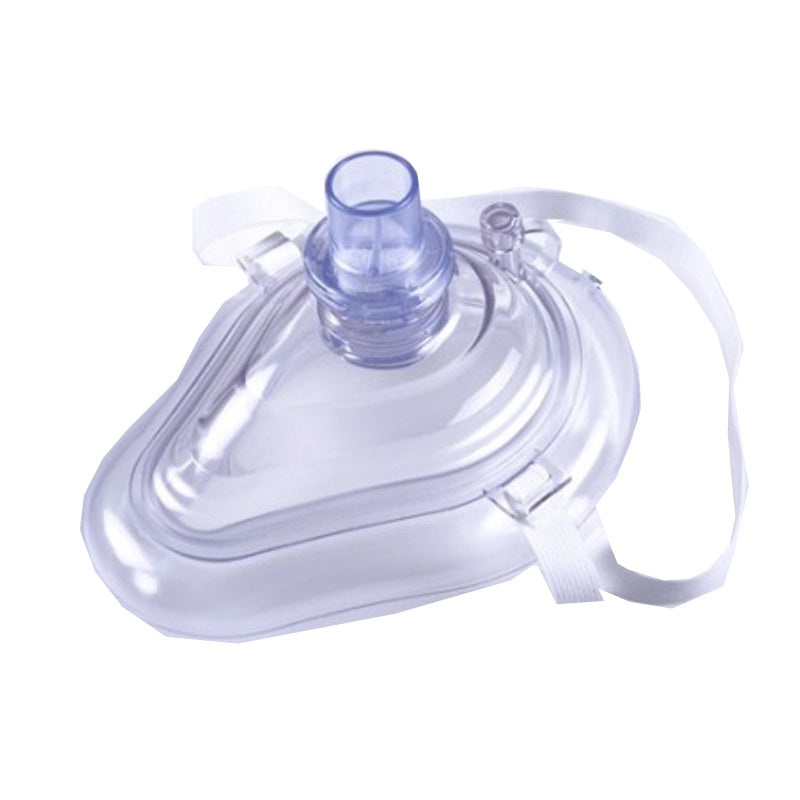
4 Tips on Creating The Perfect Work-From-Home Space
In the last 20 years, the modern office has gone through many changes. From the fall of the cubicles to the rise of open floor plans and collaborative spaces, many people in today’s workforce have a new definition of what makes an office environment.
As office trends come and go, one thing that does not change is the impact an office has on the mental health wellI-being of employees. If you're someone who’s had to work from home during the pandemic, there’s no doubt you’ve had to readjust your work space.
Mental health first aid provides people with the skills and awareness to understand and recognize mental health problems and behaviours. Being aware of your mental health affects all areas of your life, including work.
Below are some tips on how you can make your work from home workstation functional and organized.
1) Pick the right spot
The first step is finding the perfect WFH spot in your home. Pick a location where you’ll feel the most productive and away from potential distractions (whether that’s the TV, snacks etc). If you live in a studio apartment or have limited space, you can still create a workstation that’s dedicated only to work by setting boundaries with your work hours and shutting down your electronics after a set amount of time.
If you have kids at home, you may need to coordinate your workspace with theirs, depending on their ages, the level of supervision they require and if they’re in school. Make sure to communicate with your kids and develop a schedule with them to help with productivity.
2) Set up the perfect lighting
There are many studies that suggest that natural sunlight increases productivity. If possible, choose a spot in your home where you’re close to a window. This reduces eye strain when you’re working, boosts your mood and even helps you sleep better at night. When you don’t get enough sunlight, this disrupts your circadian rhythm which is connected to mental health issues, including bipolar disease and seasonal affective disorder (SAD). As a result, this can affect your
productivity at work. Mental health first aid courses prepare you for unexpected moments and give you the tools you need to recognize when these types of disorders take place.
Sun exposure triggers your body to produce serotonin, which plays a key role in feelings of happiness and calmness. If natural light isn’t an option, you can supplement with Therapy Lamps and string lights.
3) Make your space ergonomic
Ergonomic office equipment isn’t always the most accessible, but you can still find the next best solution. Find a chair that’s comfortable and stops you from hunching over your laptop. Another option is creating your own makeshift standing desk. You can take textbooks (or anything you can stack) and place your laptop at the height for you. This gives you the chance to get your blood flowing and can help lower back problems.
4) Stay connected
Make sure your workstation is close to a power outlet or look for a multi-plug extension cord. It may seem obvious, but working in spaces where you have to move around due to lack of convenience will disrupt your productivity. Being able to charge your electronics at once makes your workflow that much easier.
Creating a space that helps you stay productive during work hours as well as helps with mental health is essential while working from home. Pacific First Aid offers mental health first aid courses in Vancouver that teach you how to react in moments of crisis, when to seek professional help and how you can assist others around you.






